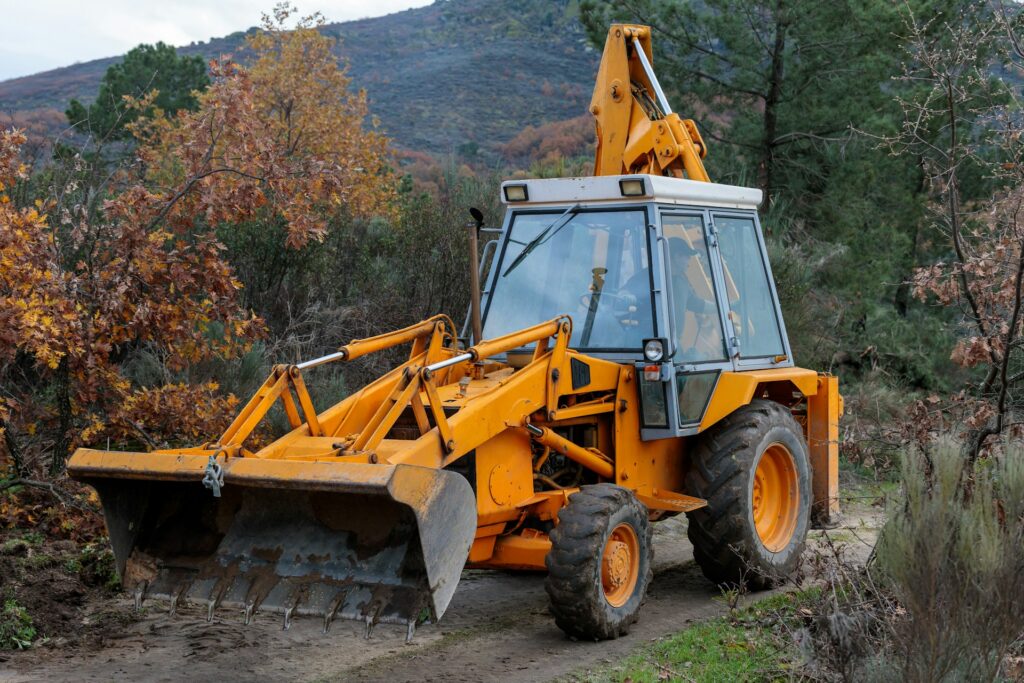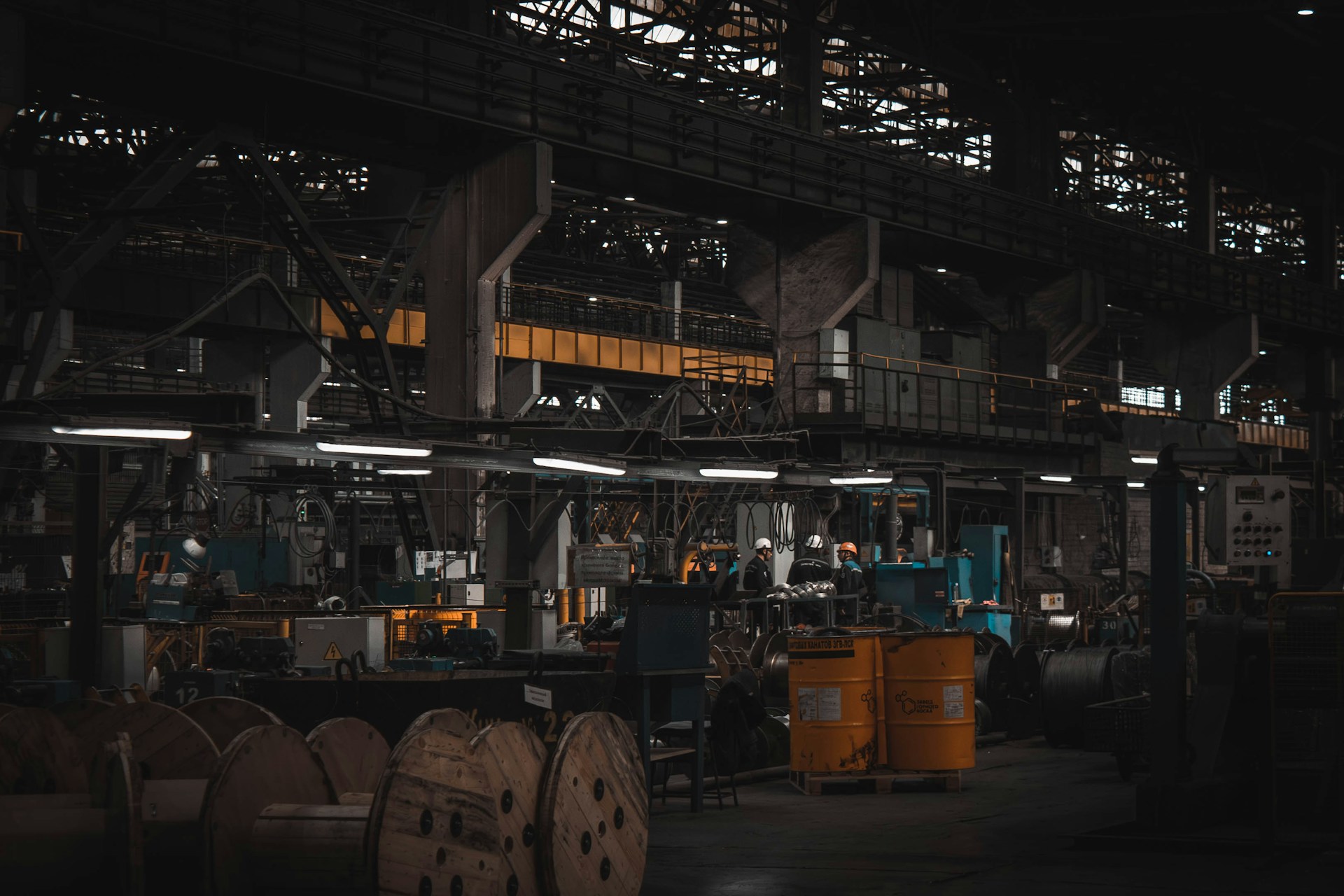High costs of heavy equipment keep it out of reach for most businesses, especially when they are new or profits are low. But even if a business can manage to pay for heavy equipment upfront, it’s not the smartest choice.
According to JP Morgan, paying for equipment in cash reduces capital for other activities, and since liquidity is crucial, they should try strategic investments instead of full payments.
That’s the reason heavy equipment financing is preferred when businesses want to afford big upgrades and additions. But how does equipment financing work, and is there a caveat you should know before opting for it? Keep reading to understand.
What is Heavy Equipment Financing?
Heavy equipment financing is a way for businesses to purchase large machinery without having to pay the full price at once. They can purchase bulldozers, cranes, trucks, production units, etc, without paying in cash.
Instead, a lender covers the upfront cost, and the business pays it back over time through fixed installments. And since the equipment itself serves as collateral, it keeps the process risk-free for lenders. If anything goes wrong, there’s a guarantee in the form of heavy equipment.
Suppose you run a construction firm and land a big contract that requires an excavator priced at $250,000. If you pay for it in cash, it could leave your business short on money for day-to-day expenses. That’s why you get heavy equipment financing from a credible lender; you get the machinery needed for your work and spread the cost out over a set period.
Reasons Why Heavy Equipment Financing Matters

Running a business that depends on heavy machinery can mean dealing with large, unavoidable expenses.
Construction firms, trucking companies, and contractors all agree that the tools that drive their revenue are the most expensive. Paying for them in cash might look like the obvious choice, but it can limit your ability to prepare for future opportunities.
If you’re facing the same dilemma, here are the reasons to go for heavy equipment financing:
Protects Cash Flow
Cash flow management is central to long-term survival; so when a company ties up a large portion of working capital in one purchase, its flexibility to cover other expenses is reduced. Therefore, equipment financing helps spread the cost into predictable installments and keeps the reserves available for regular operations or emergencies.
Access to Modern Equipment
Technology in heavy machinery evolves quickly, and equipment that was standard five years ago may now be less efficient or costlier to maintain. With equipment financing, businesses can acquire the latest models rather than delaying until enough capital is built up. This access to updated equipment is crucial in industries where contracts are awarded based on efficiency and reliability.
Credit Building
Establishing strong business credit takes time, but it makes future financing easier for a business. Every on-time installment payment demonstrates a business’s reliability to lenders and helps it build a positive credit profile. As a result, you have higher chances of securing better rates for future financing and access to larger credit facilities for expansion.
Equipment Financing Options
When your business needs heavy machinery, the question is, ‘What’s the smartest way to pay for it without hurting cash flow or slowing growth? Instead of worrying about affording it.
You can afford big investments for your business via loans or leases. Now, how do these differ in terms of equipment capital? Let us break it down.
Equipment Loans (Financing)
An equipment loan is structured like a term loan, where a lender advances funds to buy the machine. You then repay the balance through fixed installments, and once the loan is paid off, the equipment belongs to you.
Because you eventually own the asset, it shows up on your balance sheet and contributes to your company’s equity. That’s why loans are considered practical for equipment with a long usable life or for businesses that want to retain ownership as part of their long-term strategy.
However, the trade-off here is higher upfront costs and a longer financial commitment. So this model makes the most sense when you’re purchasing durable equipment assets that will remain productive for many years.
Leasing
Equipment leasing lets you use equipment for a defined period, but you don’t own it. Instead, you rent the equipment by making regular payments to the leasing company. At the end of the term, you either return the equipment or renew the lease to keep using it.
Some businesses prefer equipment leasing because it requires little or no upfront capital, and it makes it easier to access machinery without draining reserves. It’s also well-suited for industries where equipment becomes obsolete quickly or where projects require specialized tools for a limited time.
Leasing is a wise choice when you’re bidding on a short-term contract that needs machinery. Also, if your industry moves fast with constant equipment upgrades (like tech-driven sectors), leasing will help avoid the risk of being stuck with outdated assets.
Equipment Financing Made Easy
The business world is already cut-throat, and new expenses can appear at any moment. And if you want to survive in such an environment, you need funds to cover you. That’s why equipment financing is a smart way to get things moving without tying up all your money.
When you need equipment for a new business or want to upgrade your existing tools, ROK Financial has a plan that suits you just right. Let us know how you’d like to proceed with your business funding and find a solution that doesn’t drain your finances but covers the need at hand.
FAQs
Here are some FAQs about how to afford big investments for your business.
Do lenders look at the resale value of equipment when approving financing?
Yes, lenders consider resale value because the equipment is their collateral and they need some surety. If equipment has high resale value, it lowers lender risk and makes approval easier.
What’s the difference between financing new vs. used equipment?
New equipment will likely secure better terms because it holds value longer and carries fewer risks. On the other hand, used equipment can still be financed but may need additional checks on condition and resale potential.
How is equipment financing different from a standard business loan?
Equipment financing is tied directly to the purchase of machinery, and it doubles as collateral. However, a standard business loan is broader, and since it’s unsecured, it needs separate collateral. You can also use that loan money for other business needs, not just equipment.




